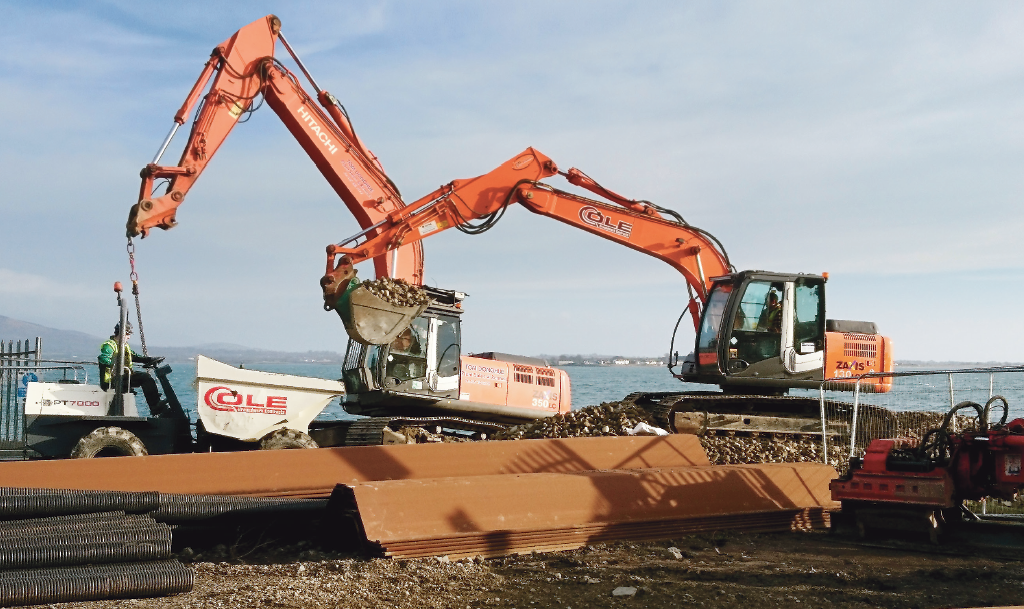The realm of electrical cabling has been evolving at a rapid pace, thanks to the emergence of innovative technologies and materials. Overhead and underground cross-country cabling are no exception. These two methods have their own sets of advantages and challenges, but what they both share is an increasing potential for innovation.
Overhead cabling has long been the standard for its cost-effectiveness and ease of installation. New materials are making these cables lighter and more durable, reducing the strain on poles and towers. Innovations in insulating materials also mean less maintenance and a lower risk of outages. Additionally, smart grid technology allows for real-time monitoring of overhead cables, identifying issues before they become major problems.
Underground cabling, though more expensive, offers the benefits of lower environmental impact and less susceptibility to weather conditions. The introduction of modular systems and pre-molded joints has streamlined the installation process, reducing time and costs. Ground-penetrating radar technologies are making it easier to plan and execute underground installations, minimizing the disruption to the landscape.
One exciting area of innovation is in the field of superconducting materials. These offer the promise of zero electrical resistance, allowing for more efficient transmission of electricity over long distances. While still in the research phase for practical applications, superconductors could revolutionize both overhead and underground cabling.
At Cole GWC, we pride ourselves on staying at the forefront of these innovations, providing our clients with the most efficient and reliable cabling solutions. Whether your project requires overhead or underground cabling, we have the expertise and resources to meet your needs.

